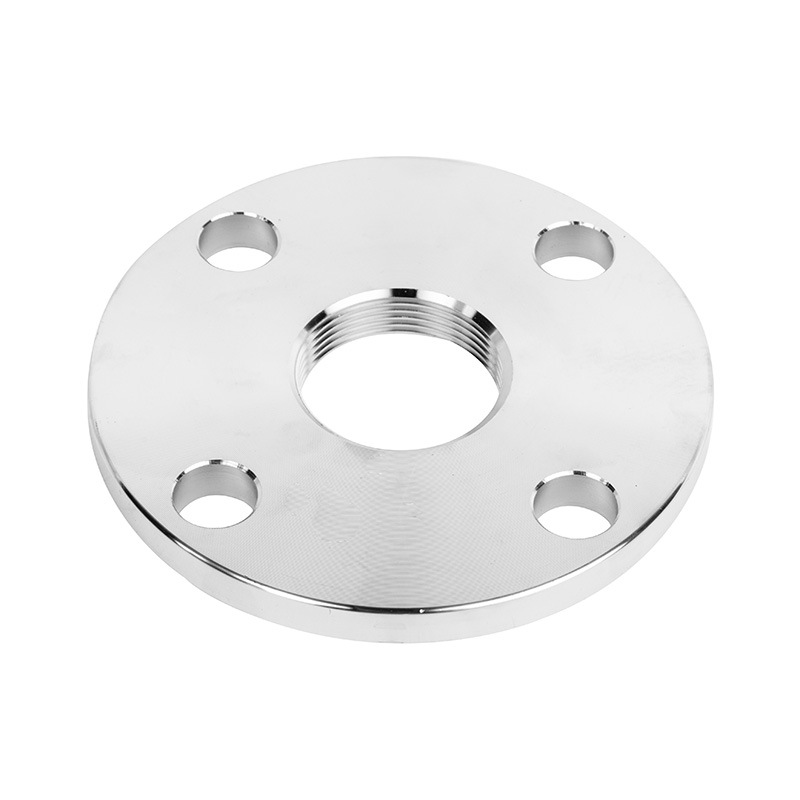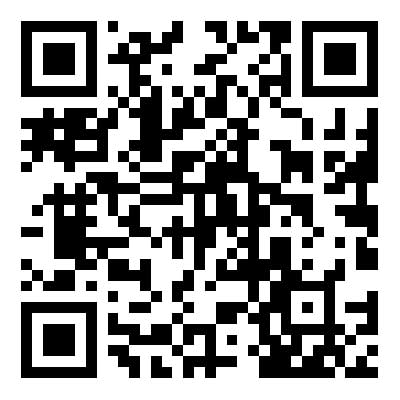Threaded Flanges: Navigating Standards and Specifications for Manufacturing and Application
2024-01-08
Introduction:
In the intricate world of piping systems, the threaded flange plays a crucial role in connecting pipes securely and facilitating fluid flow. To ensure uniformity, safety, and compatibility across diverse industries, the manufacturing and use of threaded flanges are governed by industry standards and specifications. This blog delves into the key standards that regulate the production and application of threaded flanges, providing insights into the meticulous criteria that guide their design, fabrication, and implementation.
1. ASME B16.5 - Pipe Flanges and Flanged Fittings:
The American Society of Mechanical Engineers (ASME) sets forth the ASME B16.5 standard, which covers dimensions, tolerances, materials, marking, and testing for pipe flanges and flanged fittings. This comprehensive standard encompasses various types of flanges, including threaded flanges, and serves as a benchmark for manufacturers and engineers in the industry.
2. ASME B1.20.1 - Pipe Threads, General Purpose:
Threaded flanges inherently involve threaded connections, and the ASME B1.20.1 standard provides specifications for general-purpose pipe threads. This standard ensures uniformity in thread dimensions and tolerances, promoting compatibility and reliability in threaded connections.
3. ASTM A105/A105M - Standard Specification for Carbon Steel Forgings for Piping Applications:
ASTM International, formerly known as the American Society for Testing and Materials, issues the ASTM A105/A105M standard. This specification covers carbon steel forgings intended for use in piping applications, including threaded flanges. It outlines material requirements, mechanical properties, and testing procedures.
4. MSS SP-25 - Standard Marking System for Valves, Fittings, Flanges and Unions:
The Manufacturers Standardization Society (MSS) provides the MSS SP-25 standard, offering a marking system for valves, fittings, flanges, and unions. This standard aids in clear identification, ensuring that threaded flanges are labeled with essential information such as size, material, and pressure class.
5. API 590 - Steel Line Blanks:
The American Petroleum Institute (API) publishes the API 590 standard, which specifically addresses steel line blanks, including those with threaded connections. This standard caters to the needs of industries involved in oil and gas exploration and production.
6. BS EN 10226-1 - Pipe Threads where Pressure-Tight Joints are not Made on the Threads:
The British Standards Institution (BSI) provides the BS EN 10226-1 standard, focusing on pipe threads where pressure-tight joints are not made on the threads. This European standard ensures uniformity in the design and dimensions of threads, contributing to compatibility and safety.
7. ISO 7-1 - Pipe Threads where Pressure-Tight Joints are Made on the Threads:
The International Organization for Standardization (ISO) issues the ISO 7-1 standard, which pertains to pipe threads where pressure-tight joints are made on the threads. This standard ensures global consistency in threaded connections and is applicable to various industries.
8. DIN EN 10226-1 - Pipe Threads where Pressure-Tight Joints are not Made on the Threads:
The German Institute for Standardization (DIN) offers the DIN EN 10226-1 standard, aligning with the European norms for pipe threads where pressure-tight joints are not made on the threads. This standard contributes to the harmonization of threaded flange specifications.
Conclusion:
Threaded flanges serve as vital components in the intricate network of piping systems across diverse industries. The adherence to industry standards and specifications ensures that these components are designed, manufactured, and applied with precision, promoting safety, reliability, and compatibility. Engineers, manufacturers, and stakeholders can rely on these standards as a guiding framework, fostering uniformity and excellence in the production and use of threaded flanges within the global industrial landscape.



